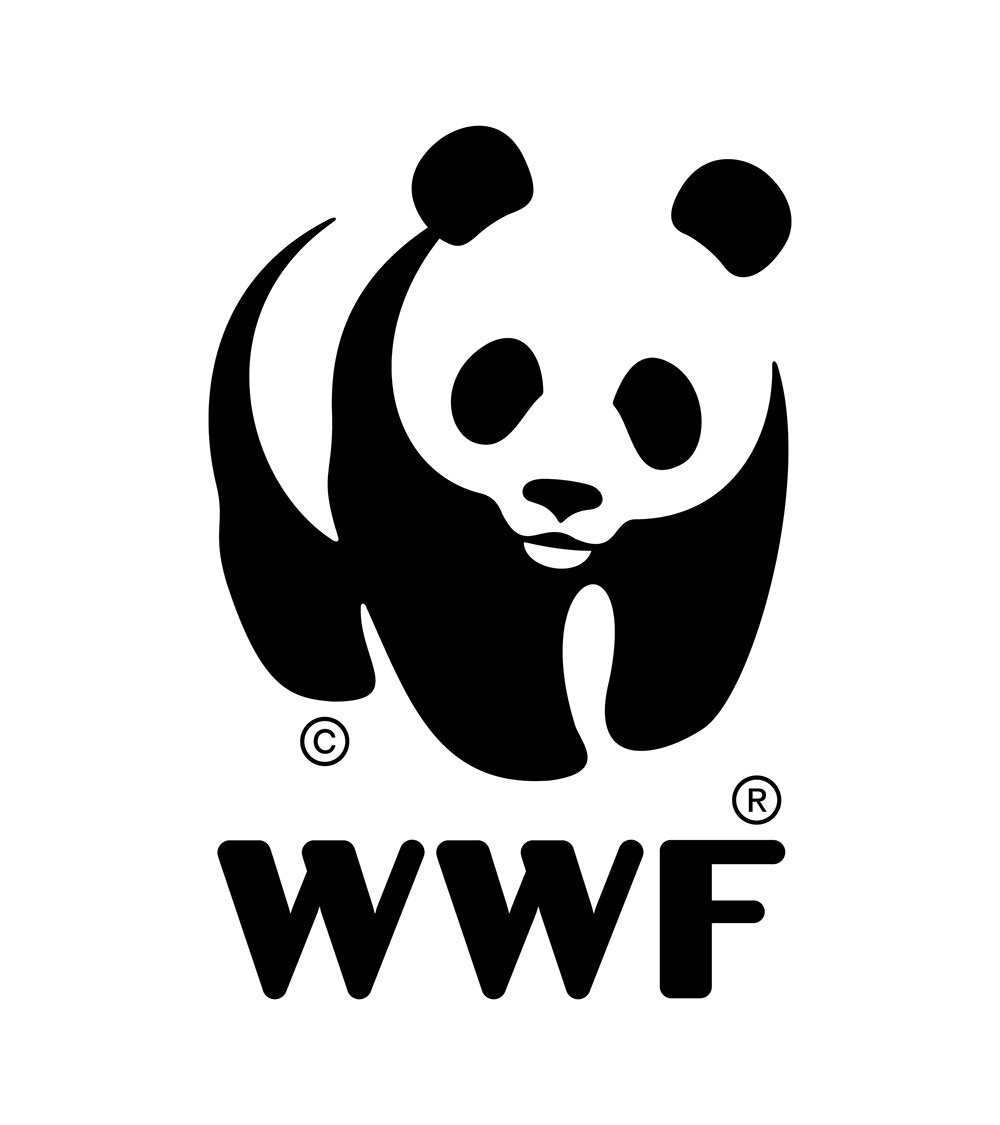For a Thriving Ocean: Collective Action to Protect Whales and Dolphins
WWF working in collaboration with whale researchers on baleen whales in the Southern Ocean. ©WWF-Aus / Chris Johnson
The theme of this year’s United Nations World Oceans Day on 8 June 2022 is ‘Revitalization: Collective Action for the Ocean’. We’re highlighting the collective action between WWF’s Protecting Whales & Dolphins Initiative experts, industry, policy makers and governments around the world to safeguard our ocean giants for a thriving ocean.
A healthy ocean underpins all life on Earth: generating at least half of the planet’s oxygen, storing vast amounts of carbon pollution and stabilising the climate, hosting a wealth of biodiversity, and sustaining the lives of billions of people.
But unprecedented pressures from overfishing, shipping traffic, climate change, and pollution have pushed our ocean to the brink.
Whales and dolphins are facing these growing threats throughout their habitats in every ocean basin on Earth. An estimated 300,000 cetaceans are killed each year due to fisheries bycatch. Ever-expanding shipping traffic is leading to more collisions between whales and ships and is more than doubling underwater noise pollution each decade. The climate crisis is shifting their prey populations, especially in the polar regions – making it harder for them to find food. Some whales near big cities are consuming around three million microplastics per day.
These cumulative threats are impacting recovery of some whale populations and driving severe declines in others. A third of the world’s cetaceans are now classified by the International Union for Conservation of Nature (IUCN) as Threatened and six out of the 13 great whale species are classified as Endangered or Vulnerable, even after decades of protection.
For a healthy ocean and planet, we need whales and dolphins to thrive.
In addition to being sentinels of the ocean’s health, whales and dolphins play a critical role in its recovery. Throughout its lifetime, a whale captures the same amount of carbon as thousands of trees. Their waste is an important fertilizer for phytoplankton — microscopic plants that capture an estimated 40 per cent of carbon emissions and produce half the world’s oxygen – and whales redistribute these nutrients as they move great distances through ocean basins. When they die, they serve as carbon sinks, locking that carbon away for hundreds of years. In this way, protecting and restoring whale populations is a nature-based solution to combat climate change and enhance ocean productivity.
Together, we can protect and restore whales and dolphins – and our global ocean – by:
Securing critical habitat by connecting networks of marine protected areas (MPAs) across national and international waters, covering at least 30 per cent of our ocean by 2030
Safeguarding populations through efforts that include reducing impacts from bycatch, plastic pollution, and shipping
Integrating the ecological role of whales into global and national climate and biodiversity policies
To achieve these goals, WWF’s Protecting Whales and Dolphins Initiative equips experts, industry, policy makers and governments with tools and solutions to secure critical habitats and safeguard populations. Learn more about our conservation projects with partners around the world:
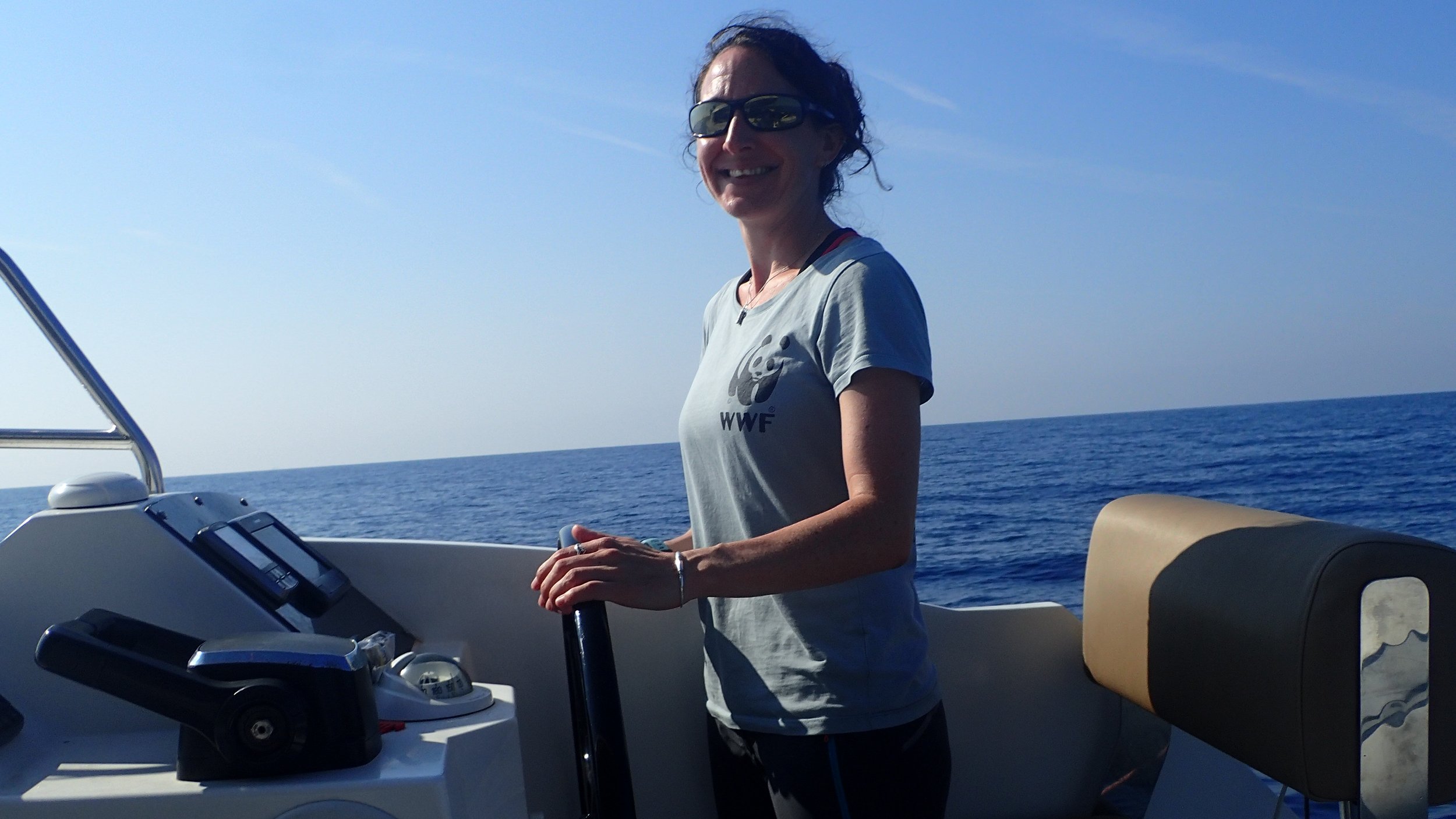

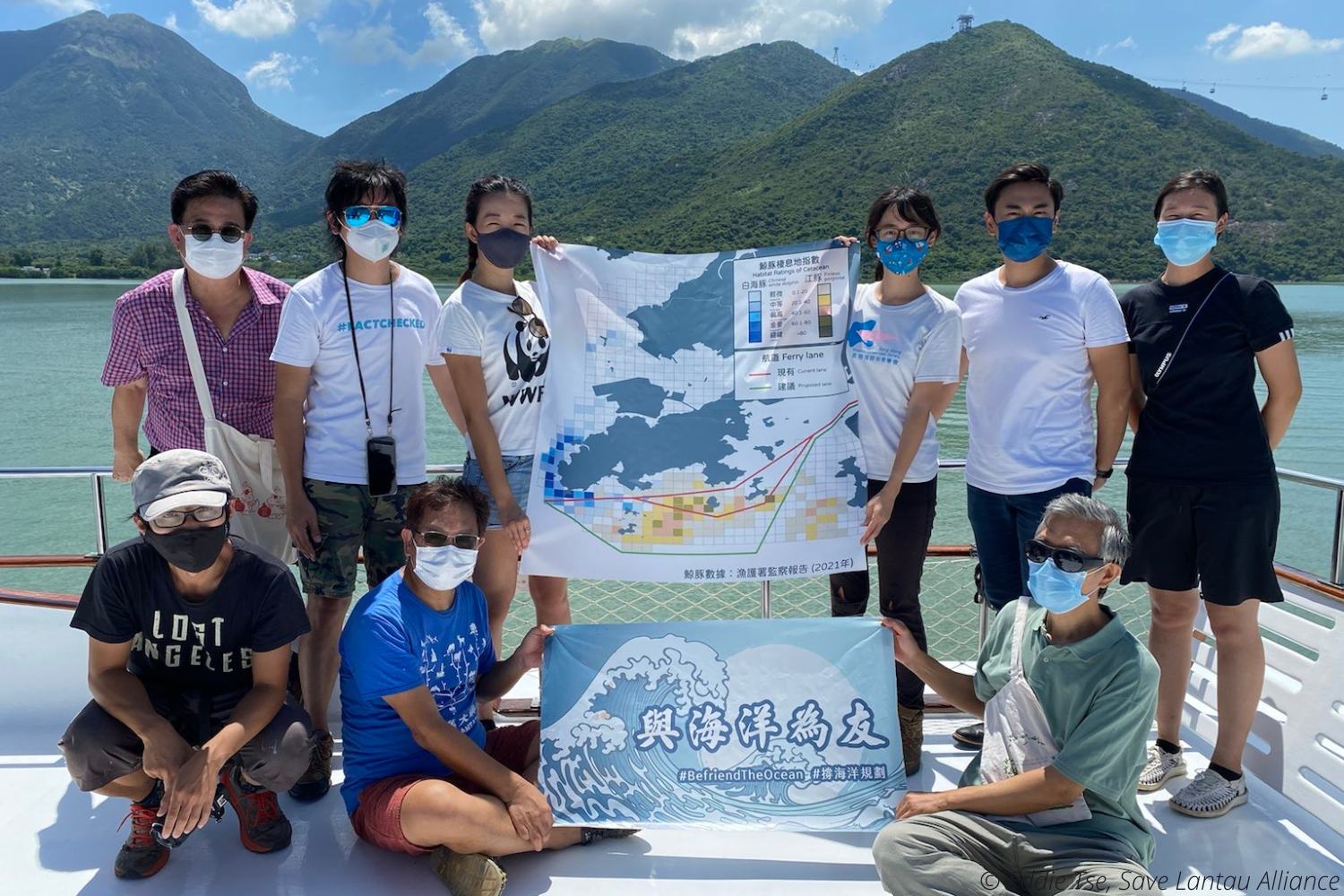
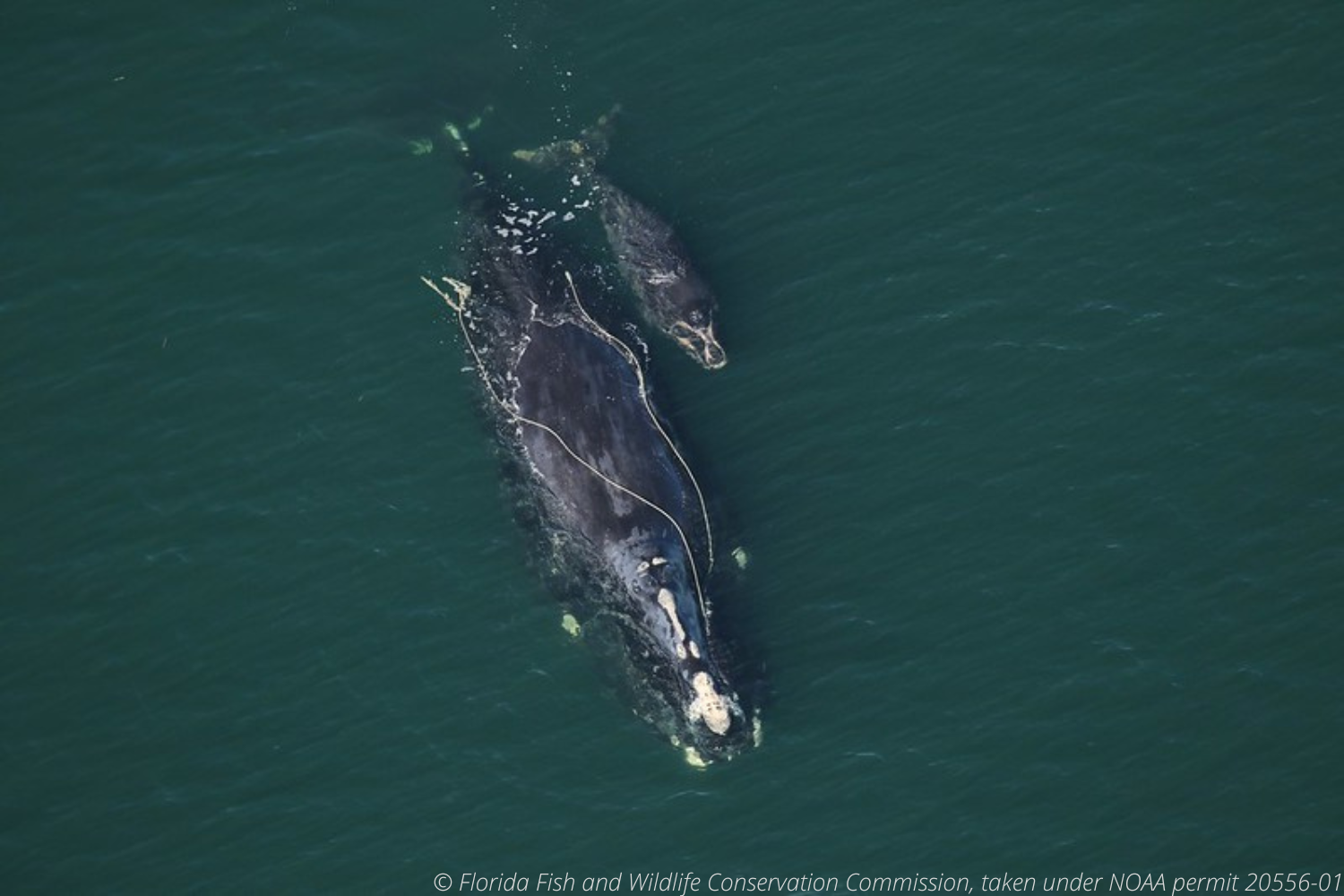
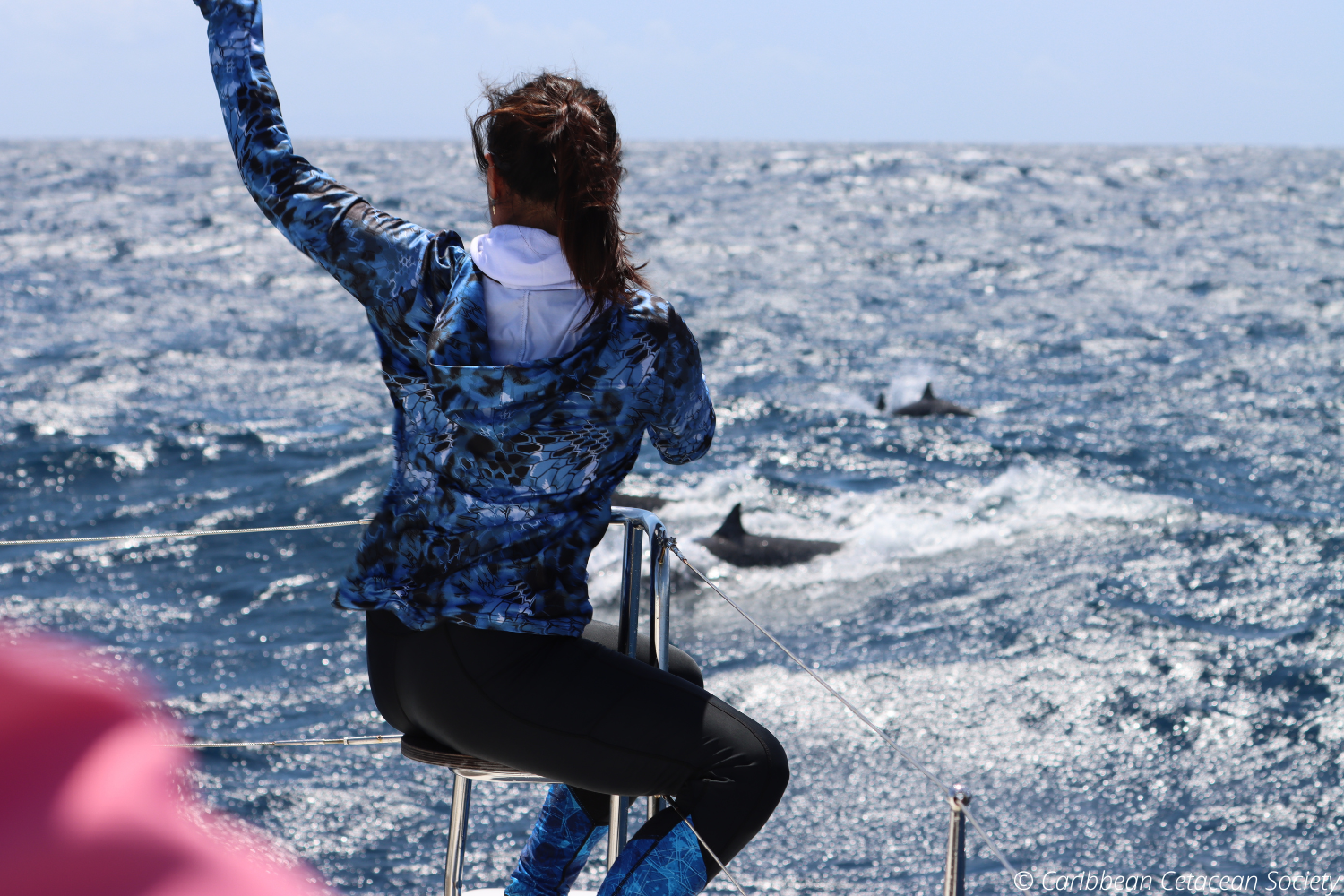
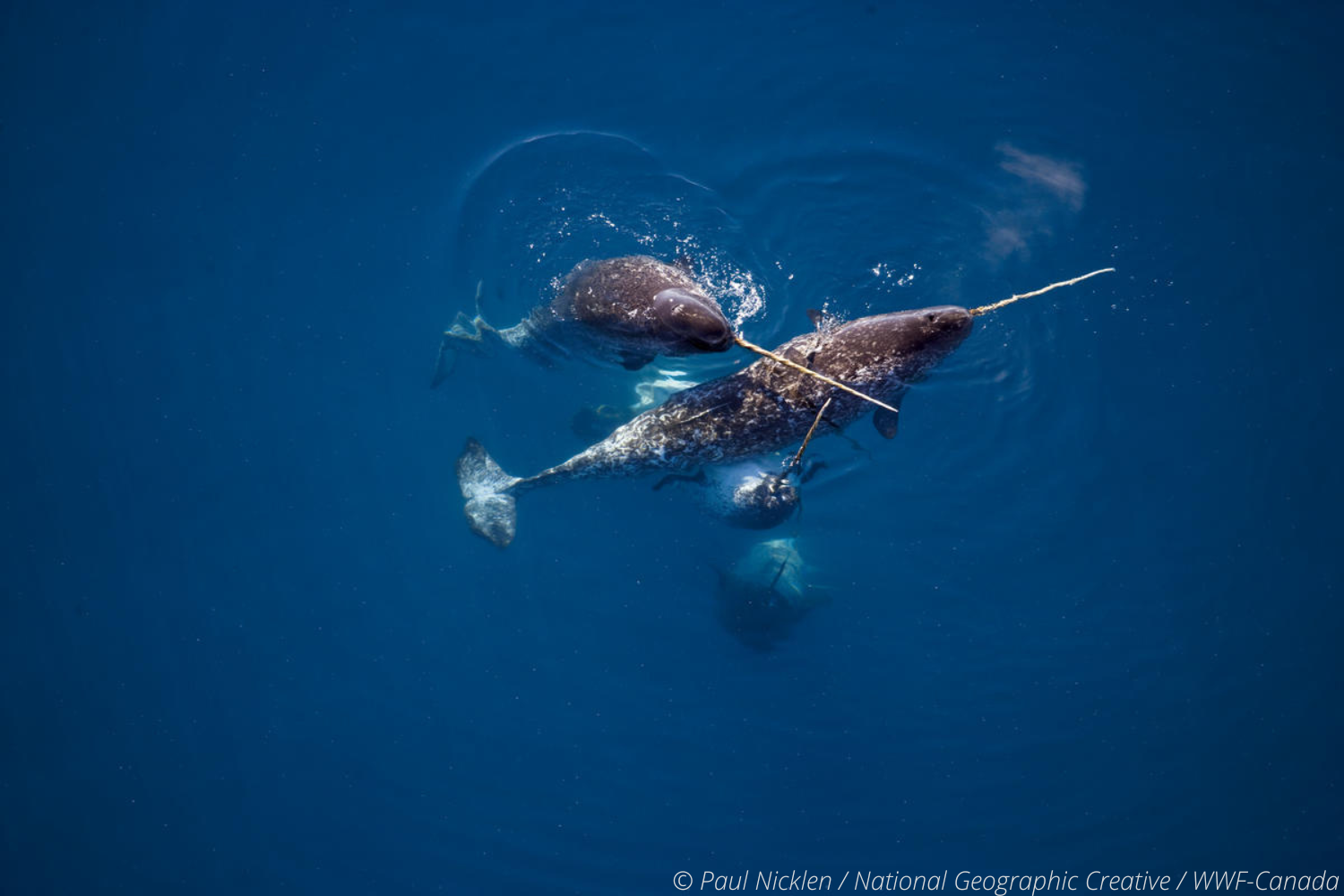
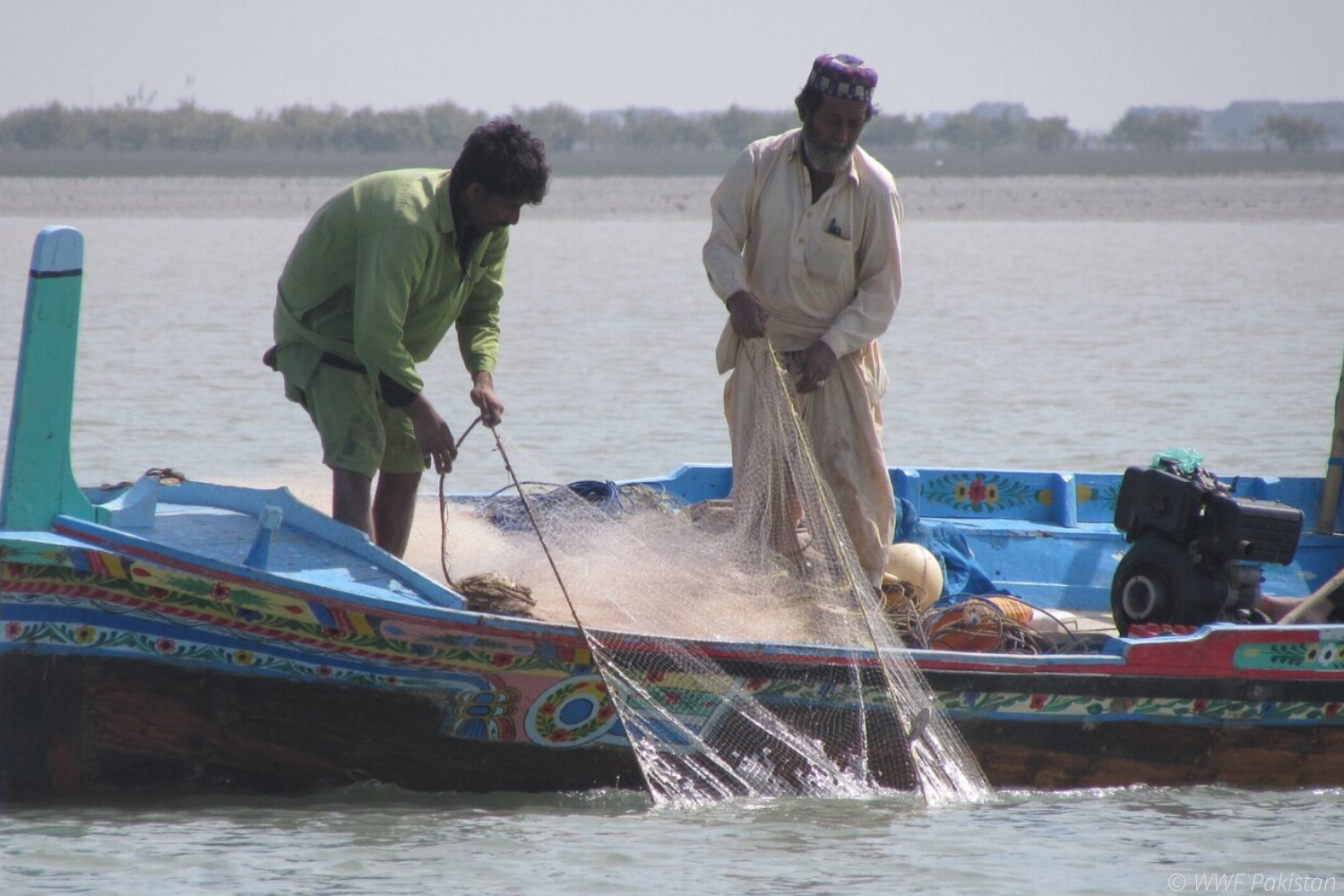
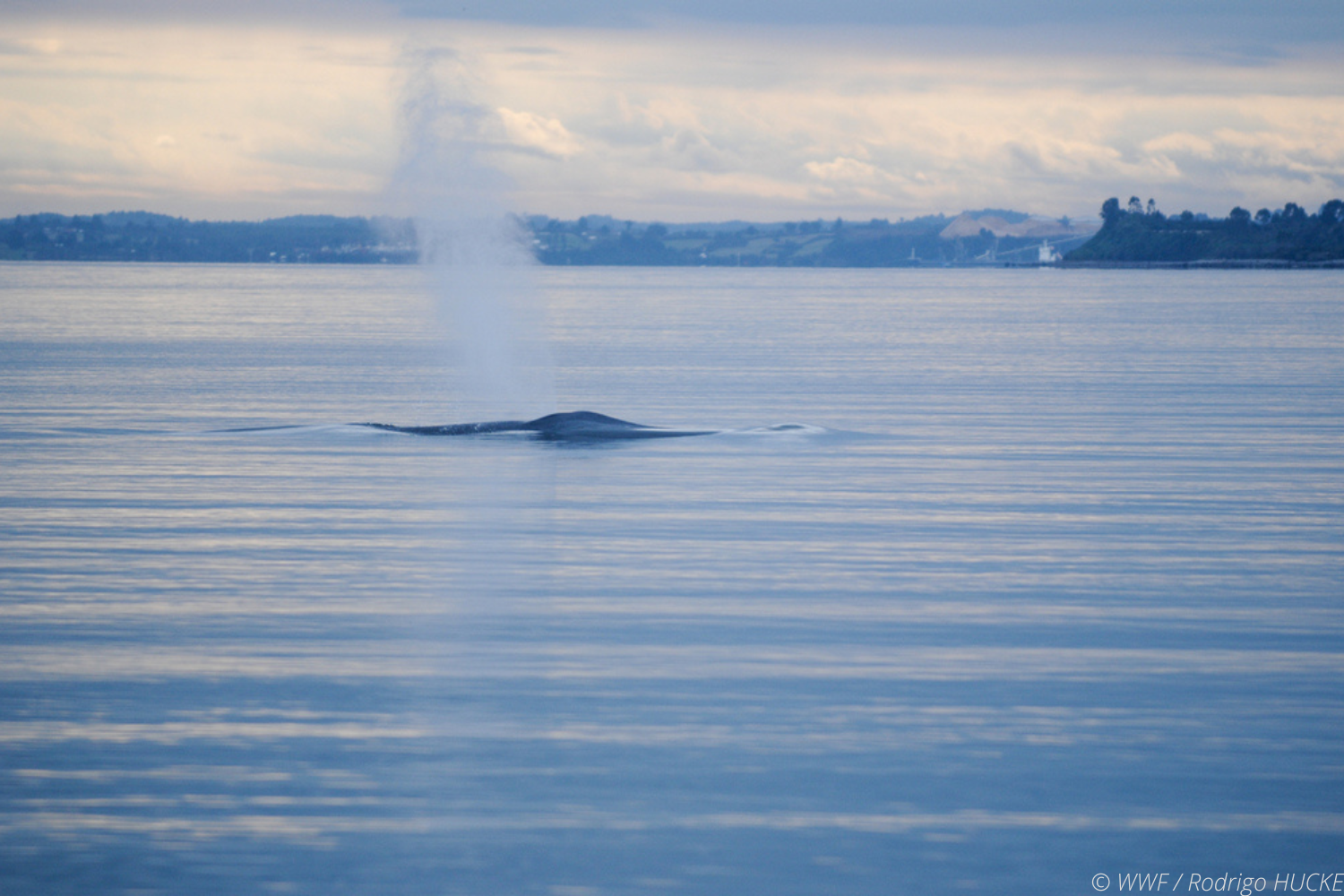
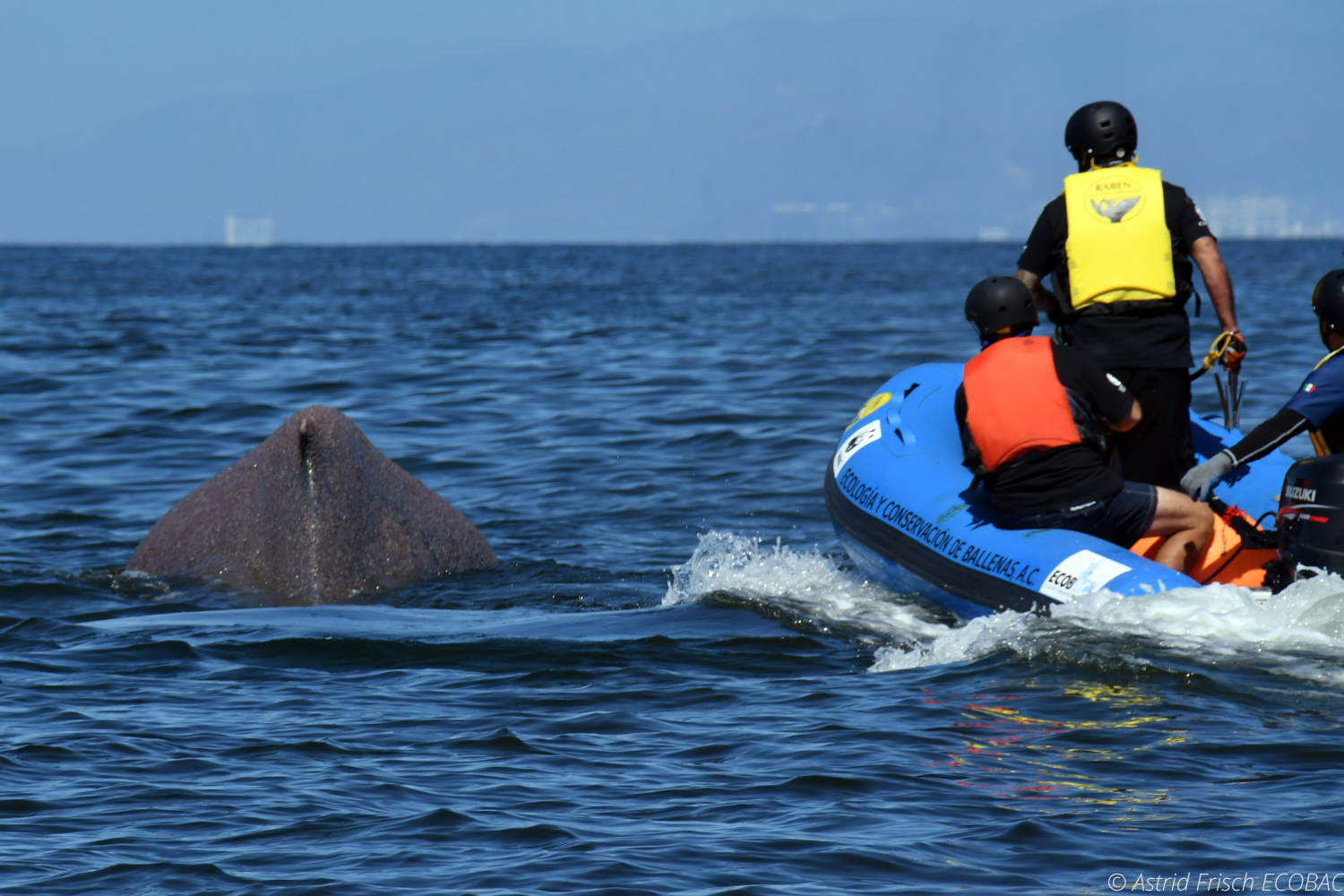

This year, multiple international negotiations provide an unmissable opportunity to mobilise support and accelerate action for a healthy ocean: the Intergovernmental Conference on marine biodiversity beyond national jurisdiction (BBNJ), Conference of the Parties to the Convention on Biological Diversity (CoP15), and the UN Ocean Conference. WWF is working with governments to commit to bold action for the protection, conservation, restoration, and sustainable and equitable use of the global ocean.
Follow @WWF_Whales on Twitter for the latest updates as we work to advance our integrated solutions to protect whales and dolphins for a healthy, thriving ocean.
